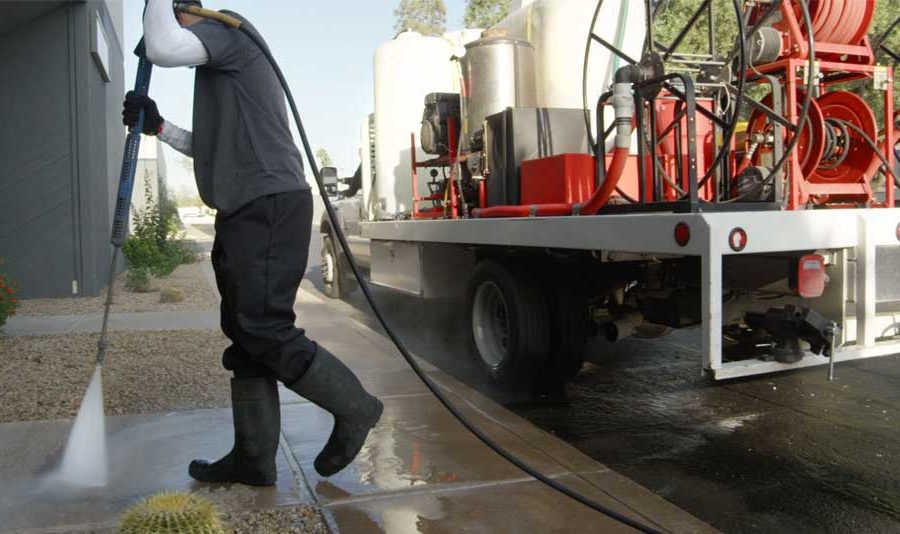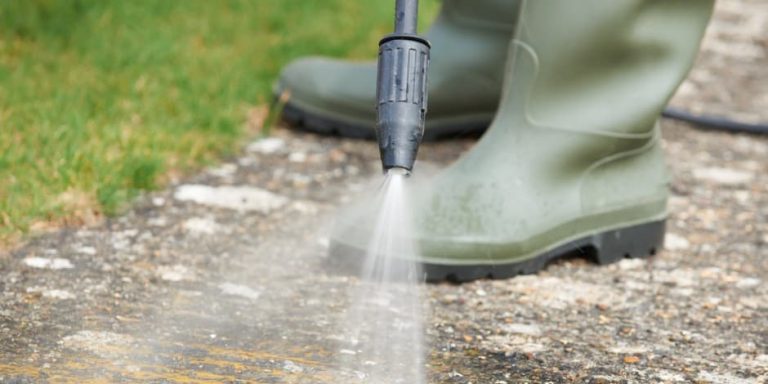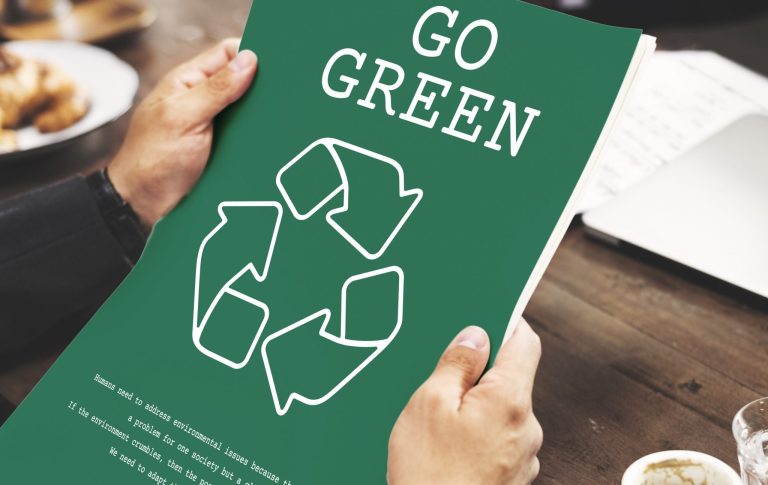
Power washing is commonly used in residential and commercial settings, but on a much larger scale—such as at factories, construction zones, warehouses, or shipyards—it transforms from a simple cleaning method into a significant environmental operation. These large-scale industrial power washing projects, if not handled responsibly, can have serious consequences for nearby communities, ecosystems, and public infrastructure. 🏭💦
This article explores the ripple effects of industrial power washing, from chemical contamination to air quality concerns, and offers strategies to minimize the ecological footprint while keeping compliance and community health in mind.
🏢 What Counts as “Large-Scale” Power Washing?
While power washing a parking lot or sidewalk might take a few hours, industrial-scale operations can last for days or even weeks, and typically involve:
- Washing large surface areas like shipping yards, hangars, or construction sites
- Using high-powered equipment with increased water flow and pressure
- Applying stronger industrial detergents, solvents, and degreasers
- Managing hazardous materials (e.g., paint, fuel, oil, chemicals)
In these projects, what goes down the drain—or into the soil—can affect not just the site, but the entire surrounding area. ⚠️
🌊 Environmental Risks to Nearby Communities
Industrial-scale washing increases the potential for pollutants to enter:
- Storm drains and municipal water systems
- Public sidewalks or adjacent streets
- Community gardens, lawns, and recreational areas
- Local creeks, rivers, or lakes
These pollutants may include:
- Solvents and degreasers (many of which are toxic to aquatic life)
- Paint particles and heavy metals (e.g., lead, zinc, chromium)
- Fuel residues from construction equipment or vehicle fleets
- Heated water discharge that can alter aquatic ecosystems
🚫 One bad washing job could contaminate an entire city block or waterway.
🧠 Health and Quality of Life Concerns
Power washing on a large scale creates visible and invisible hazards for residents and workers in surrounding areas:
1. 🧪 Chemical Exposure
Airborne mists or runoff can carry chemicals to:
- Playgrounds and schools
- Apartment balconies and air conditioning vents
- Local food gardens and community markets
Repeated exposure—even in trace amounts—can irritate lungs, eyes, and skin, especially in children and the elderly.
2. 🌫️ Air Quality Degradation
Power washing aerosolizes fine particles, which can include:
- Mold spores
- Paint dust
- Detergent fumes
- Diesel emissions from equipment
Poor air quality exacerbates asthma, bronchitis, and allergies in vulnerable populations.
3. 🔊 Noise Pollution
Large-scale jobs often involve loud generators, pumps, and vehicles, which can:
- Interrupt sleep and productivity
- Stress local wildlife
- Violate local noise ordinances
The cumulative effect on community well-being shouldn’t be underestimated.
🏛️ Legal and Regulatory Oversight
Due to the potential for environmental harm, many jurisdictions require:
- Permits for industrial washing
- Onsite containment and filtration systems
- Wastewater testing and proper disposal
- Advance notice to neighbors or local governments
Violating these regulations can result in:
- Heavy fines 💸
- Shutdown of operations 🚫
- Lawsuits from impacted communities ⚖️
✅ Sustainable Strategies for Industrial Power Washing
1. ♻️ Wastewater Containment & Treatment
Use berms, mats, and vacuum recovery systems to:
- Collect all water used on-site
- Filter out contaminants
- Dispose of it in a licensed wastewater facility or sewer system (not storm drains)
2. 🧴 Eco-Safe Chemicals Only
Choose non-toxic, biodegradable detergents approved for industrial use. Look for:
- pH-neutral formulas
- VOC-free solvents
- Certification from EPA’s Safer Choice program
Never use bleach or acid-based cleaners near populated or green spaces. 🛑
Browse Amazon Here For Eco-Friendly Pressure Washing Detergents
3. 🌬️ Dust & Aerosol Suppression
Apply misters or wet-wiping techniques before power washing to prevent airborne particles. Use tarps or screens to limit spray drift.
4. 🕒 Smart Scheduling
Limit noise and exposure by scheduling work:
- Between 8 a.m. and 5 p.m. on weekdays
- Avoiding weekends, holidays, and school hours
- When wind speed is low to reduce overspray
5. 📣 Community Notification
Send mailers, texts, or door notices to nearby residents letting them know:
- When and where washing will occur
- What precautions are in place
- Who to contact in case of concerns
This small courtesy goes a long way in building trust and reducing complaints. 🤝
🧱 Industrial Case Study: A Smarter Shipyard Wash
In Long Beach, California, a shipyard switched from standard pressure washing to a closed-loop reclaim system with HEPA filtration. They:
- Reduced freshwater usage by 60%
- Captured 98% of all runoff
- Reported zero environmental incidents over 12 months
- Earned LEED points and positive press coverage 🌟
This model shows that industrial-scale power washing can be clean, compliant, and community-friendly—with the right systems in place.
🧠 Final Thoughts
Power washing at the industrial level isn’t just about grime removal—it’s about responsibility. The impact on water, air, and public health can be significant if jobs aren’t managed with an environmental lens.
By investing in containment tools, eco-friendly practices, and community communication, industrial sites can protect the very people and ecosystems that surround them. 🌆🌿
Clean big. Think bigger. Wash smart. ✅
Browse Amazon Here For Top Rated Power Washers And Accessories






